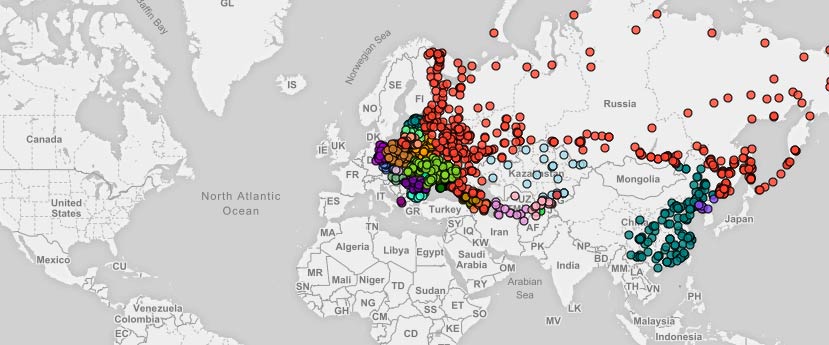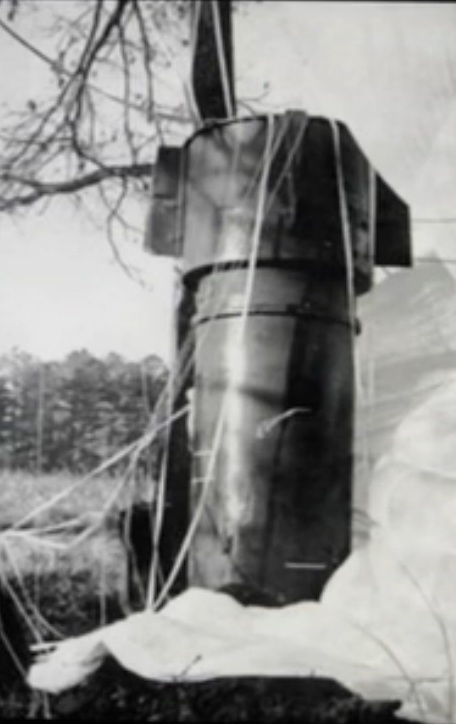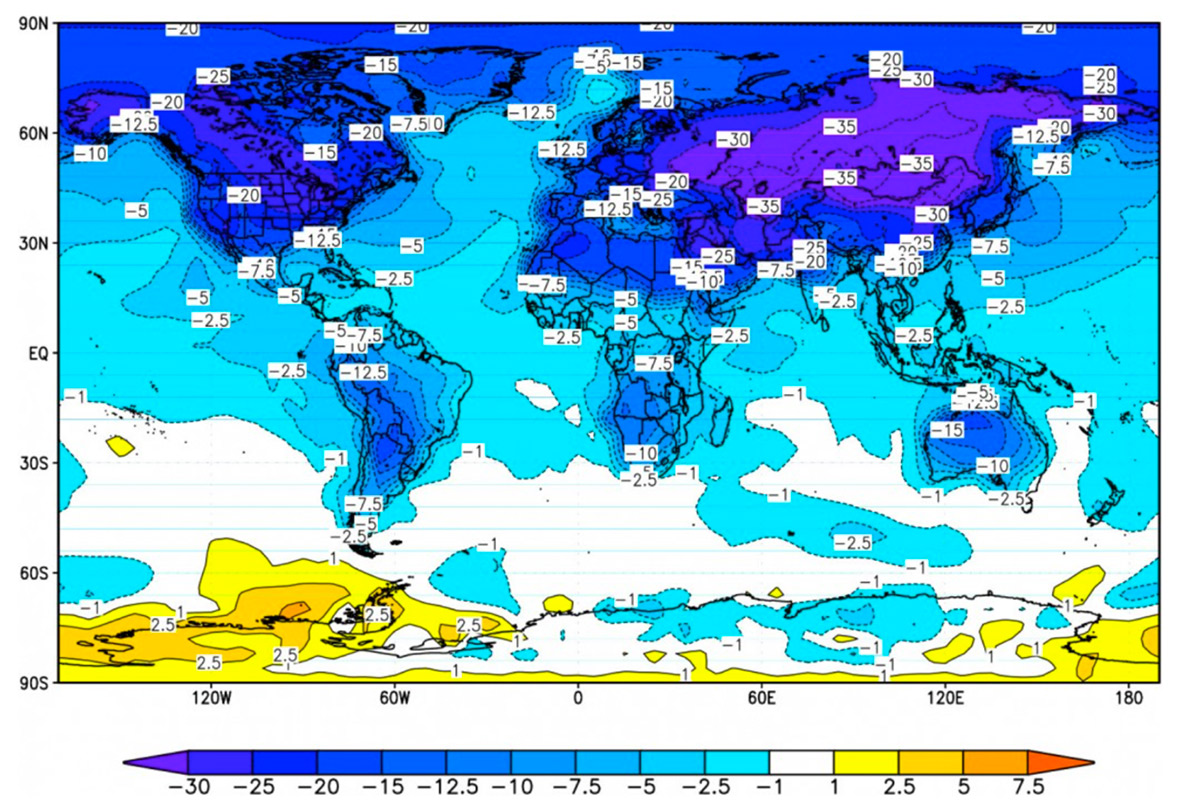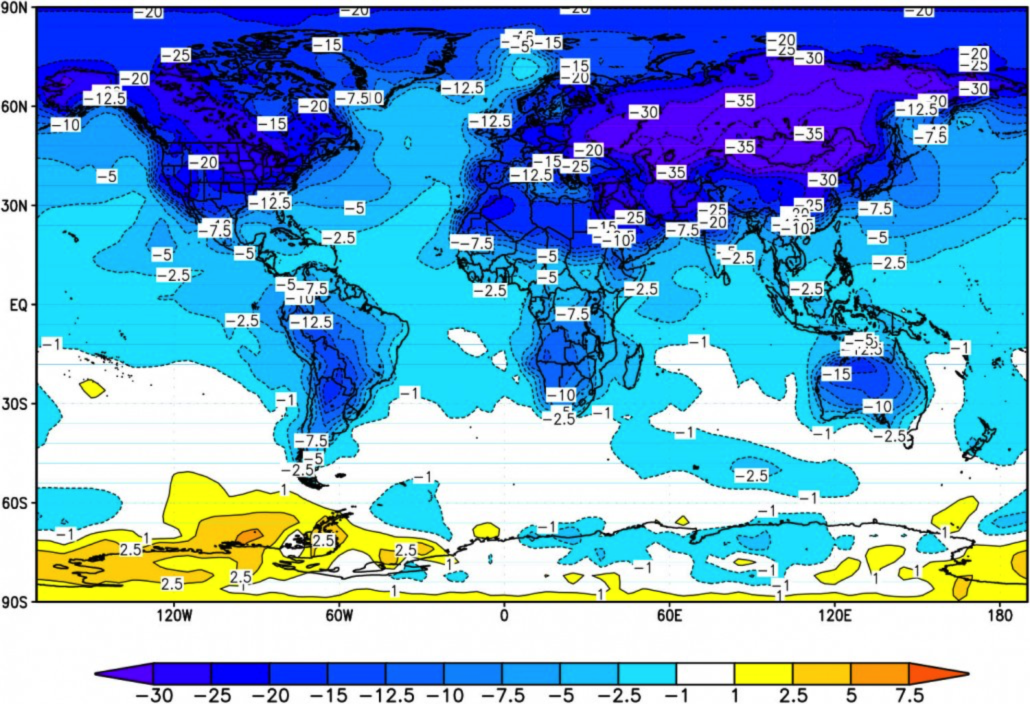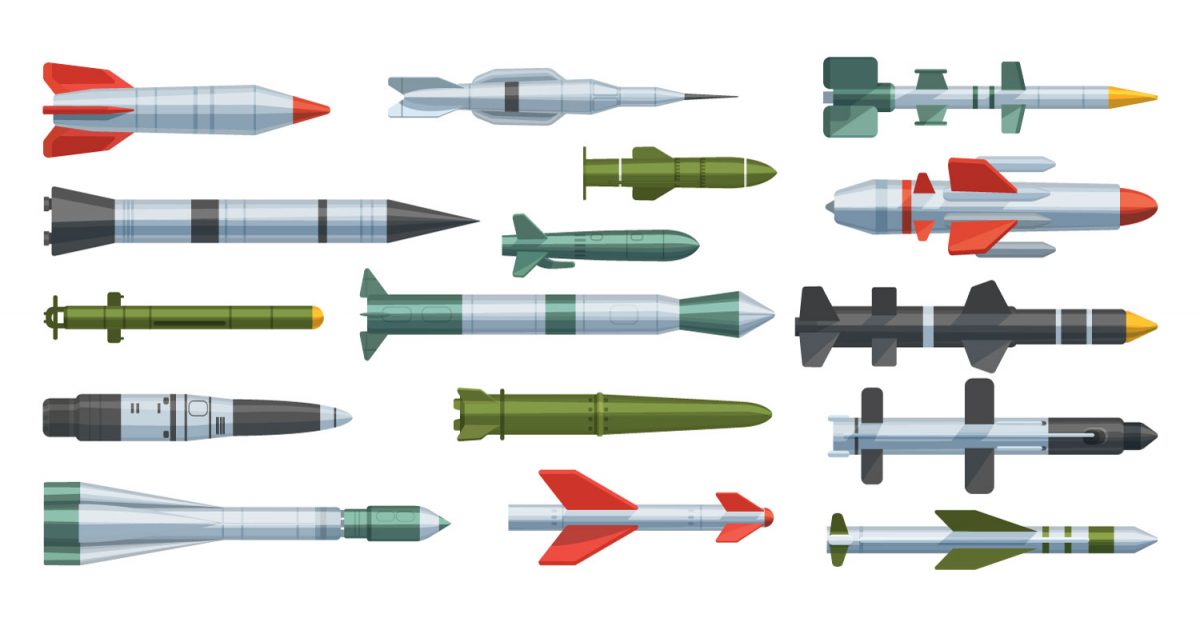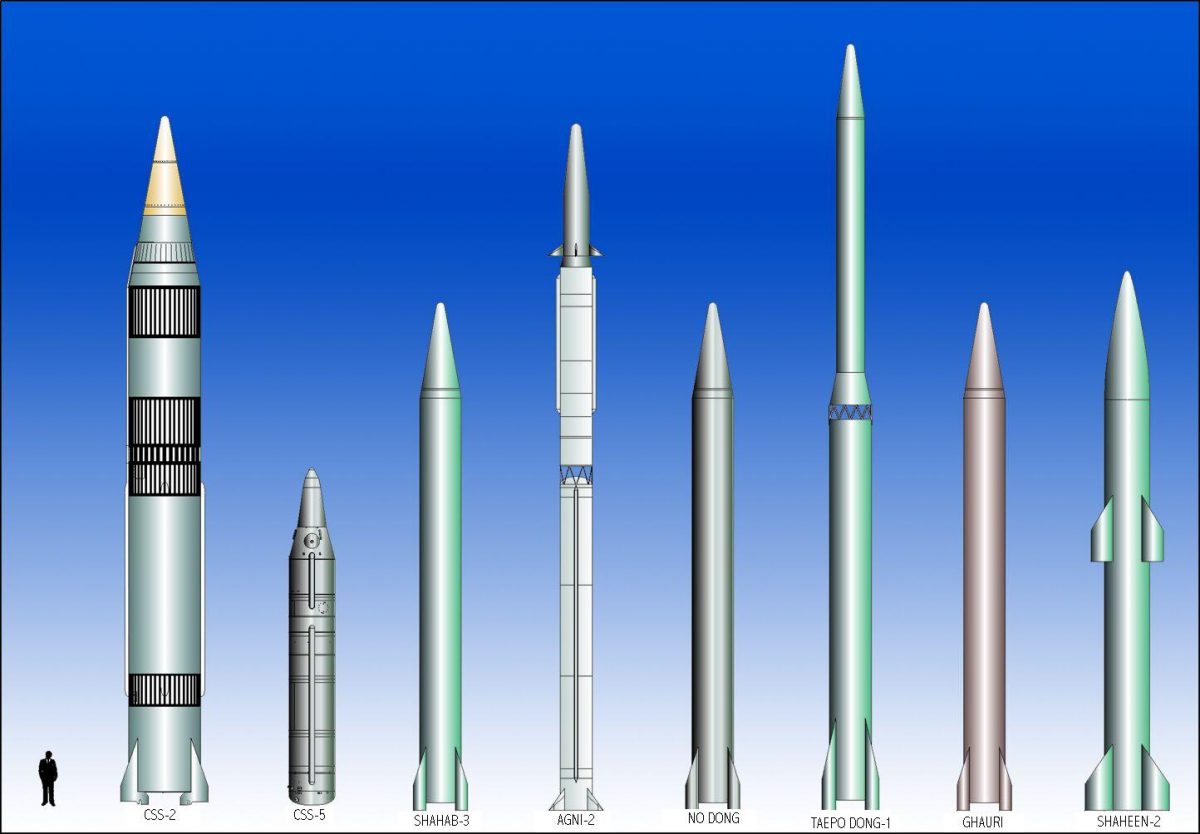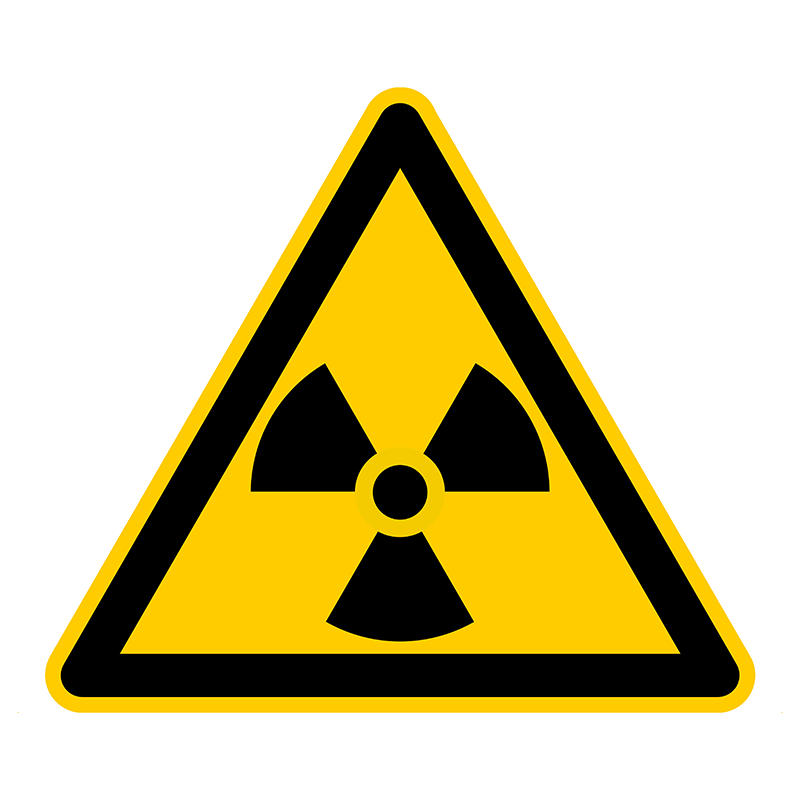Divestment campaigns can be a great way to engage the public on the nuclear weapons issue. Previous divestment campaigns have played a significant part in bringing about positive change in society. Divestment campaigning is a way to engage the general public and a way for people to feel connected to creating change. Almost every member of the public has a bank account or is part of a pension plan: Therefore, if their bank or pension fund invest in nuclear weapon producers, so do they. Divestment campaigns are a way to bring an abstract issue such as nuclear disarmament back to personal decisions on where people put their own money.
There is increased awareness among the public about the way financial institutions behave and how they invest their money. There are a number of reasons for this, including the recent financials crisis and calls for austerity as well as the growing trend towards ethical investment. Investment with impunity is no longer the norm. Most people, especially those living in countries without nuclear weapons weapons, would be shocked to know that their money is going towards the maintenance and modernisation of these weapons.
Banks have a large customer base which means that campaigners have large numbers of potential campaign supporters. If enough people take action and express concern over their bank of pension fund investing in nuclear weapons, or if enough customers threaten to withdraw their funds and change their bank accounts, this can have a decisive impact on a bank’s decision to divest from companies involved in nuclear weapons.
Many of the ideas for campaign actions in this guide are inspired by others. Notably campaigners of the Cluster Munition Coalition who successfully changed bank policies and practices on cluster bombs. Other ideas come from ICAN partners who are already actively engaged in changing financial institution policies on nuclear weapons.
Divestment campaigns can be a cross cutting campaigning effort for a range of humanitarian disarmament initiatives, and a way to engage with new actors in your civil society. Social media and networking are also useful ways to engage the public in campaign actions.
Ideas for campaign actions
Public actions
Creating good visuals can stimulate your campaign, and organising public actions outside banks or other financial institutions can have an impact on the public, the press and the financial institution itself. Consider the picture that you are creating through your action- what do you want people walking by to think when they see you? Also consider the financial institution in question- is it one that is likely to change its policy? Is it the headquarters, or a branch office? It’s good to check in with other campaigners in your country or region, to make sure that any public action contributes to efforts, and doesn’t risk having a negative impact on any ongoing private discussions with the financial institutions.
Some ideas for action:
Giving a helping hand! If a financial institution has a good policy, consider setting up a pair of giant hands that give applause when personnel walk in and out of the building. The hands can have writing on them that says something like “XXX financial institution is giving us a hand to ban nuclear weapons!”
Let the people speak! At a branch of a financial institution that doesn’t have headquarters in your country, consider having one big sign, and gathering signatures of clients coming and out of the building, then delivering those signatures to the branch manager. Make it more visual by bringing some signs or banners. (Just make sure to be aware of regulations about demonstrating on private property.)
Shareholding! You can buy shares and take the floor at shareholders meetings. This is something that’s often done with the nuclear weapons producing companies. The media are already present, and a powerful speaker can at least raise questions in the minds of those who profit from that company’s business. Picket lines and demonstrations are also great ways to provide additional visuals outside of these meetings.
Some examples of actions:
In Australia
Campaigners dressed up as nuclear bombs and asked the Future Fund to divest from nuclear weapons. You can see a short film of their action here: http://youtu.be/FlwHIl-WBP0
In the Netherlands
Campaigners working with a national fair banking coalition (Eerlijke Bankwijzer) launched a nationally focused report and presented it to members of parliament and the public. PAX, as one of the Eerlijke Bankwijzer members also coordinated an opera, calling on banks to divest.You can watch the video of the opera here: http://youtu.be/dyJcObfkSSw
Letter and postcard actions
Engaging in dialogue with financial institutions about their investments in nuclear weapons companies can help to raise their understanding of the effects of nuclear weapons and their status under international law. Mobilize organisations and supporters in your country to send letters to financial institutions that are investing in nuclear weapons and to the government. Consider holding a letter writing party with some friends.
You can also ask people to sign onto postcards at cash machines from that financial institution. During the cluster munitions campaign, people stood next to the ATM machines and asked customers to sign a postcard requesting ABN Amro divest from cluster munitions producers. It created public awareness, and public pressure on ABN Amro, who then divested.
Here are some tips for letter-writing:
How to Begin: Let the financial institution know who you are. Do you hold a bank account with them? Are you a member of their superannuation plan? Do you own shares in their company? Are you writing as a representative of a particular organization? Are you simply a concerned citizen?
What to Include: Inform the financial institution that you are aware of their investments in nuclear weapons companies. Specify which companies and briefly describe the activities these companies are engaged in. Outline why you believe that financing nuclear weapons is illegitimate.
Ask for Information: Inquire as to whether the financial institution has a policy on investing in the arms industry. If you are already aware that such a policy exists, ask the institution to explain how its investments in nuclear weapons companies can be justified under the terms of the policy.
Call for Action: Call on the financial institution to divest from all nuclear weapons companies. Explain that nuclear weapons are illegal to use and have catastrophic humanitarian consequences.
End by making it clear that you expect a response, and share that response with other campaigners through the Don’t Bank on the Bomb website.
Adjust the template below to suit your circumstances.
Dear Chief Executive Officer,
I am writing to you as a concerned customer of your bank. I recently read a report indicating that your bank has provided capital loans to three companies involved in the production of nuclear weapons.
Those companies are:
- Orbital ATK, which produces rocket propulsion systems for Trident II and Minuteman III nuclear missiles;
- Honeywell International, which produces 85 per cent of the non-nuclear components for US nuclear weapons;
- BAE Systems, which is involved in the American, British and French nuclear weapons programmes.
The financing of these companies contributes to the build-up and modernization of nuclear arms and undermines efforts to achieve nuclear disarmament. It also heightens the risk that one day these inhumane weapons will be used again.
Any use of nuclear weapons would violate fundamental rules of international law and have catastrophic humanitarian and environmental consequences. I strongly encourage you to divest from these companies without delay.
The support of your bank and other financial institutions will be crucial to the success of worldwide efforts to abolish nuclear weapons. I hope that you will assist rather than impede efforts to eliminate this ultimate threat to our future.
I want my savings to help secure my future and that of my family, not undermine it. Unless you can reassure me that you will no longer invest in nuclear weapons producers, I intend to move my funds elsewhere.
I look forward to your response to these concerns.
Yours sincerely,
C.C.
Concerned Customer
